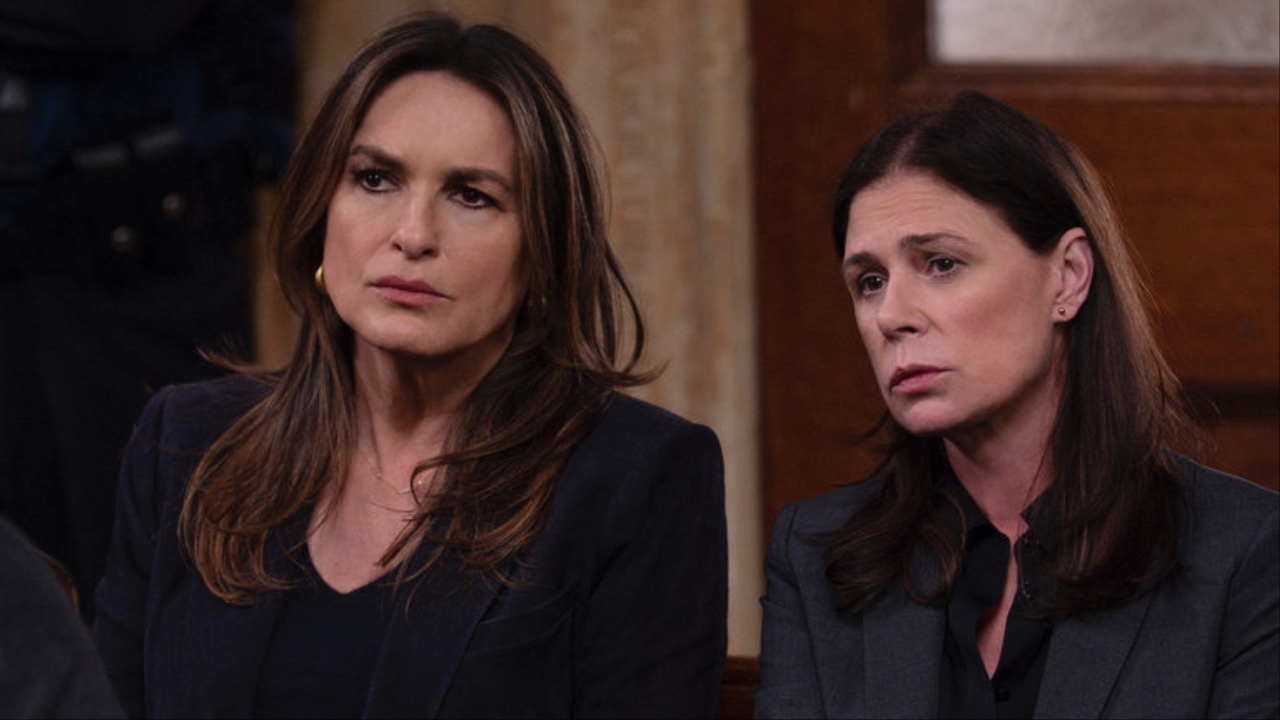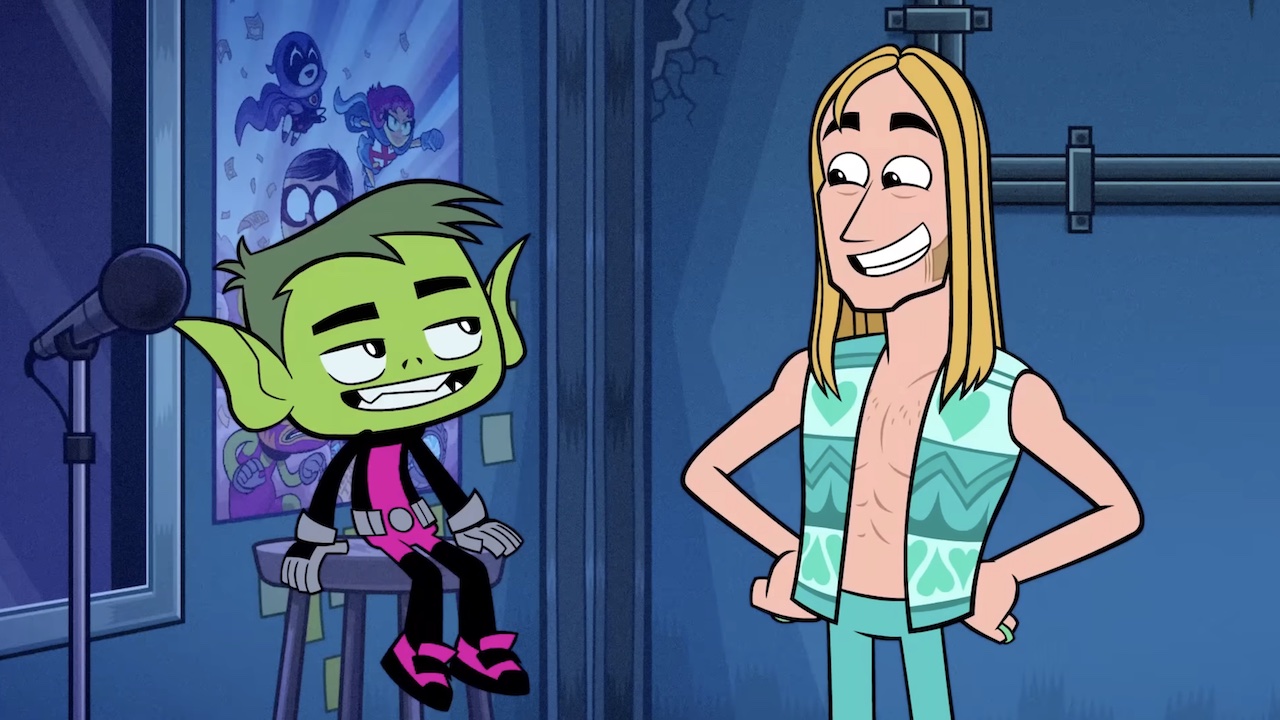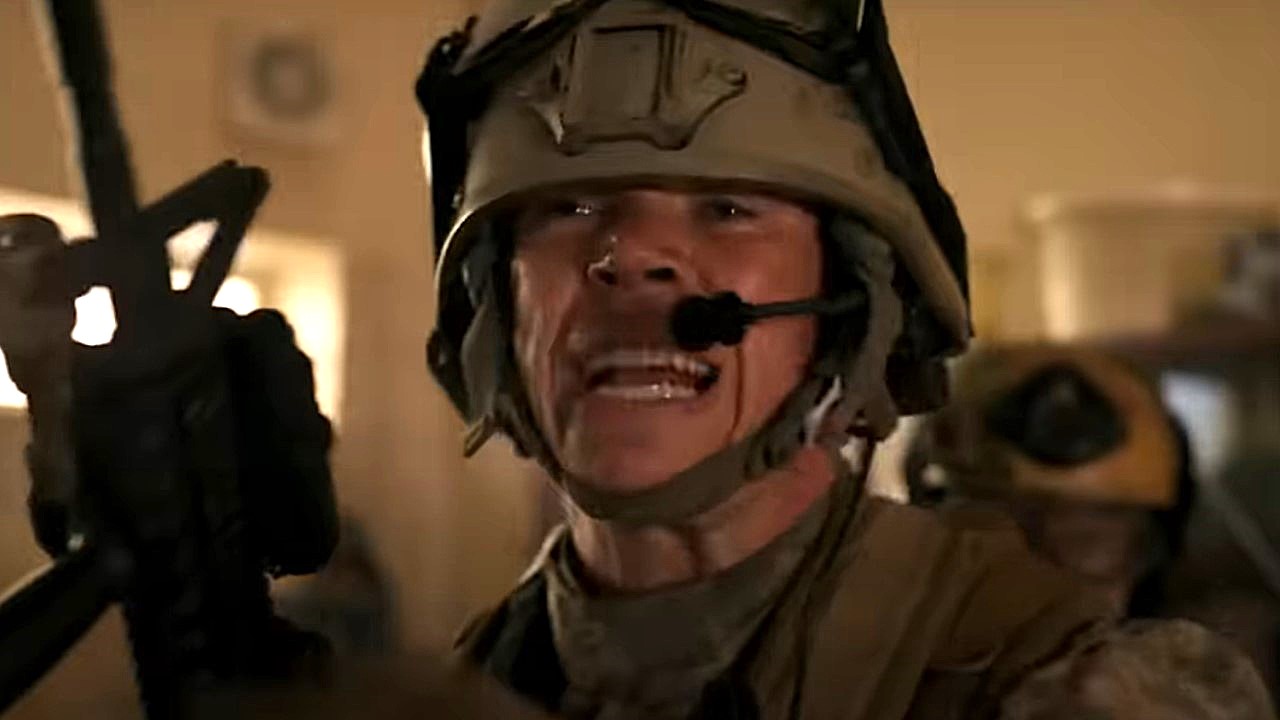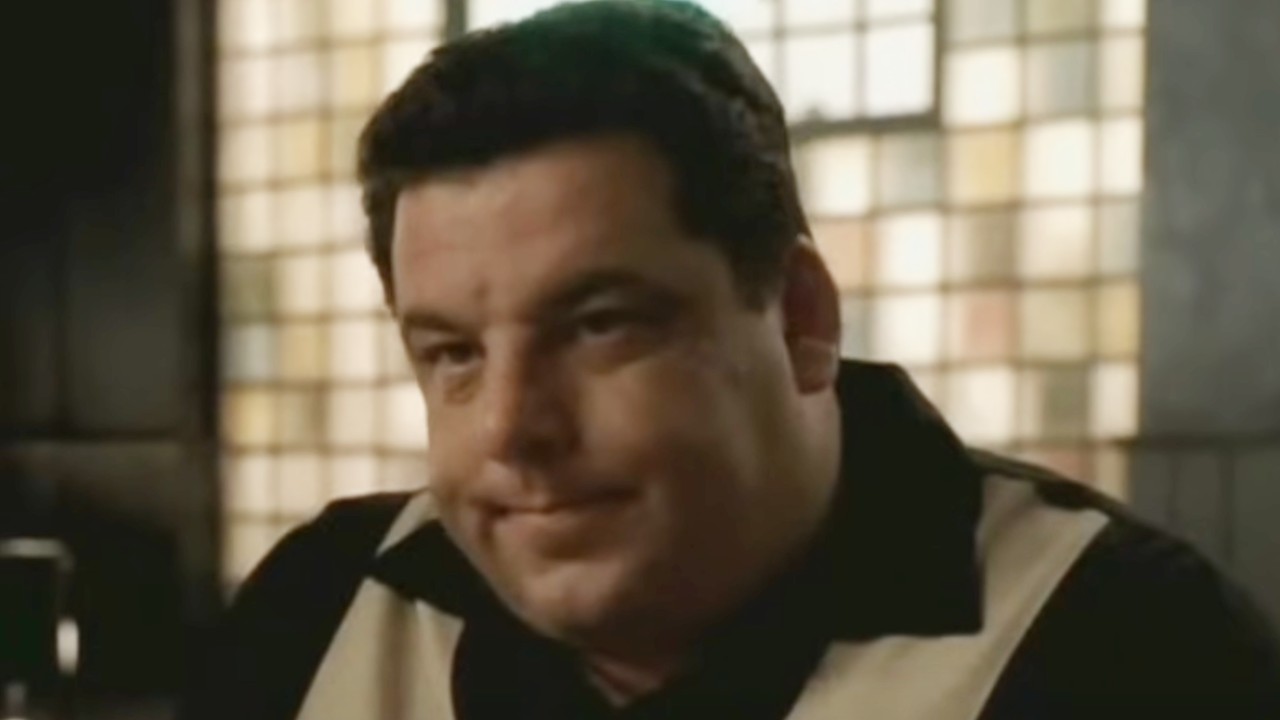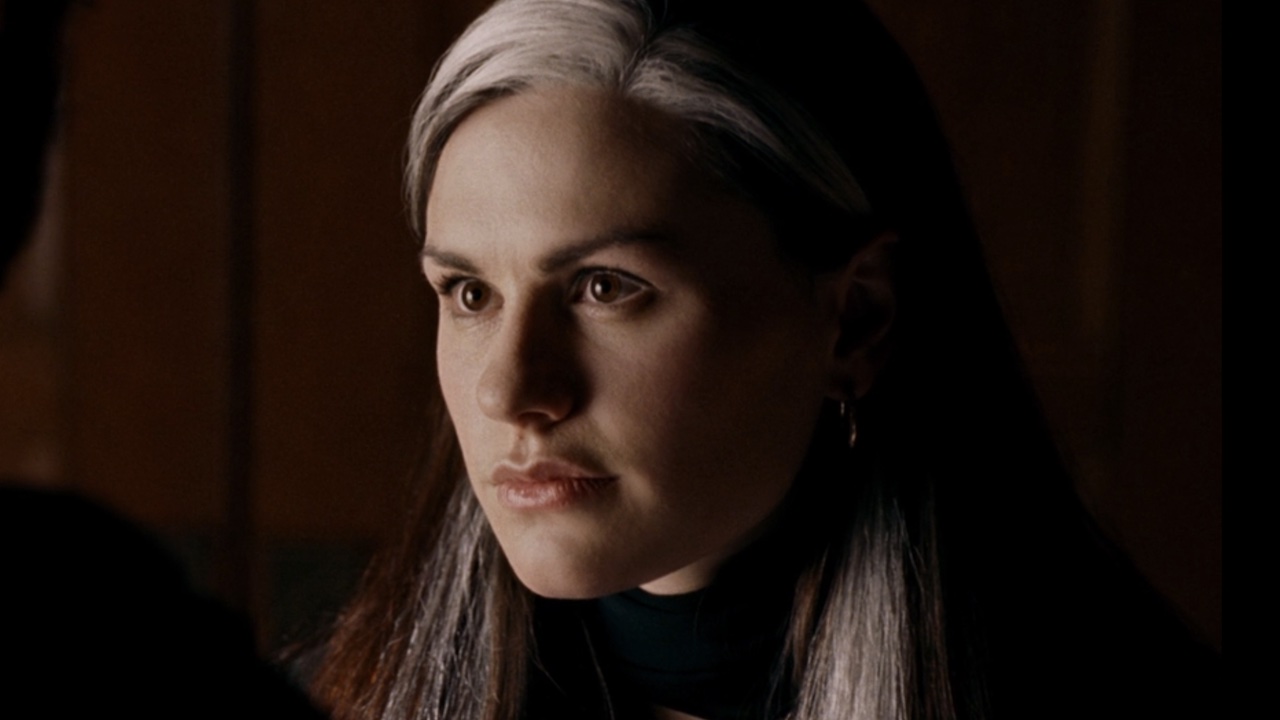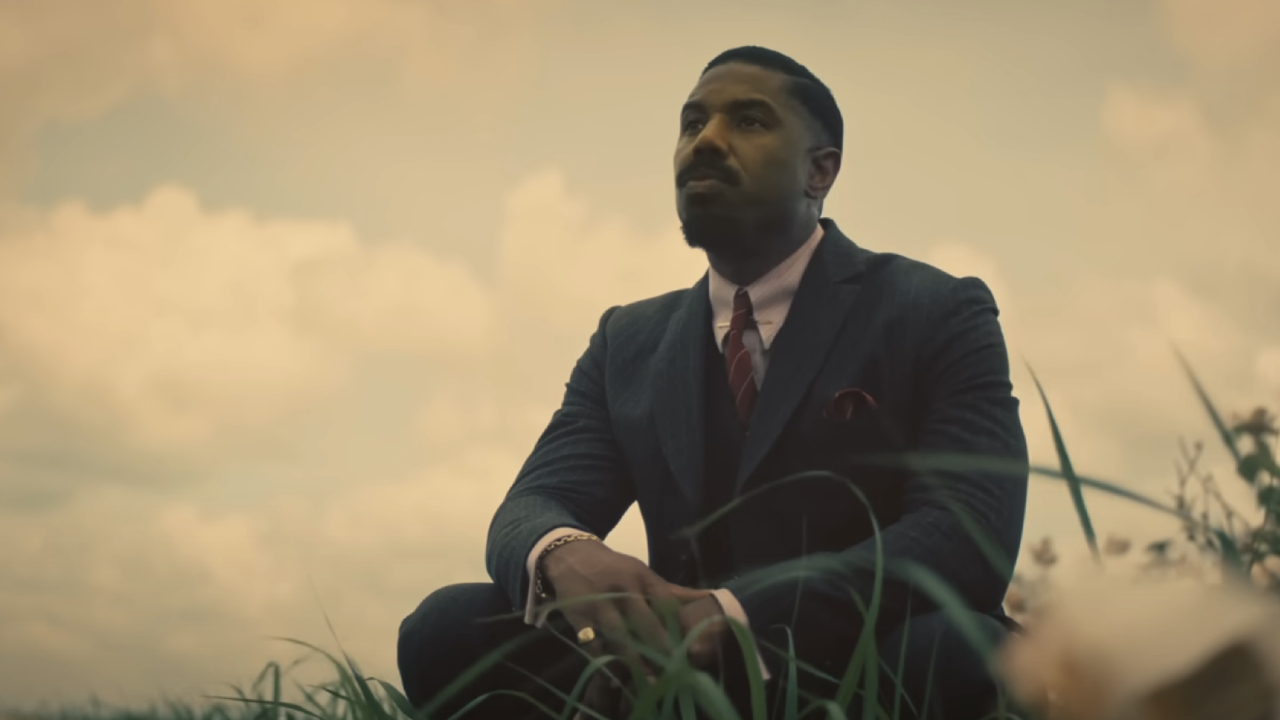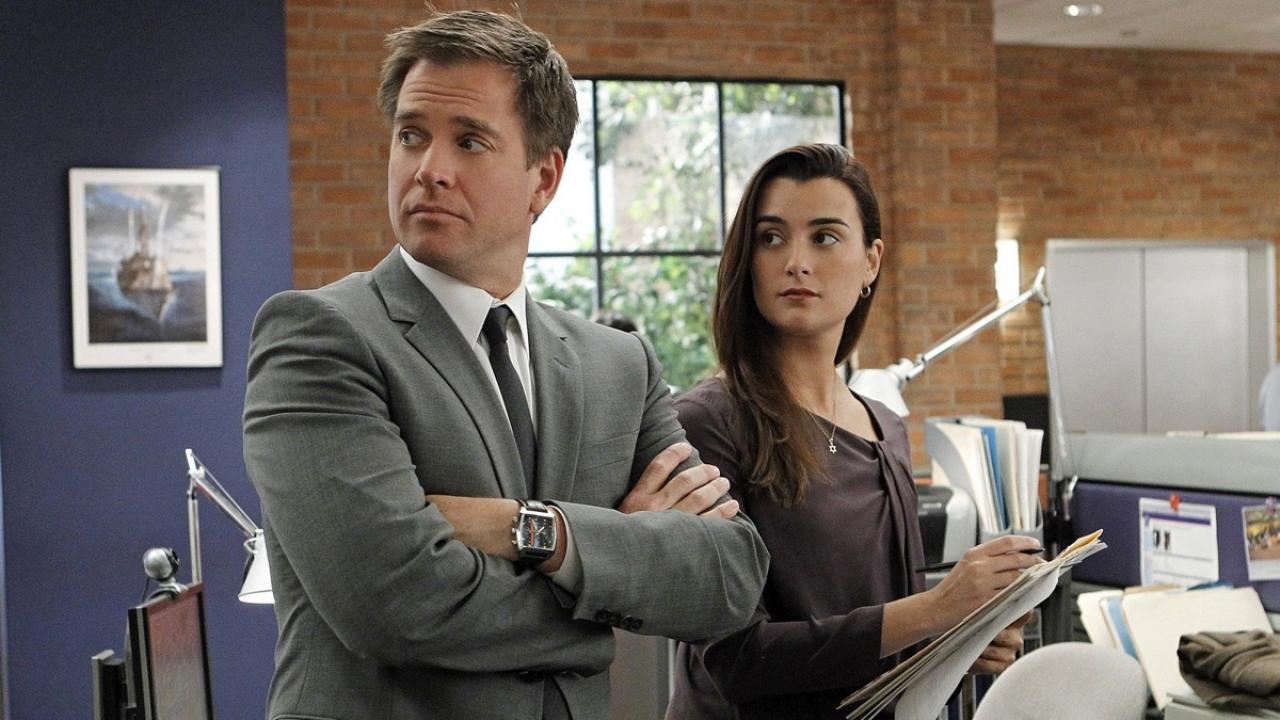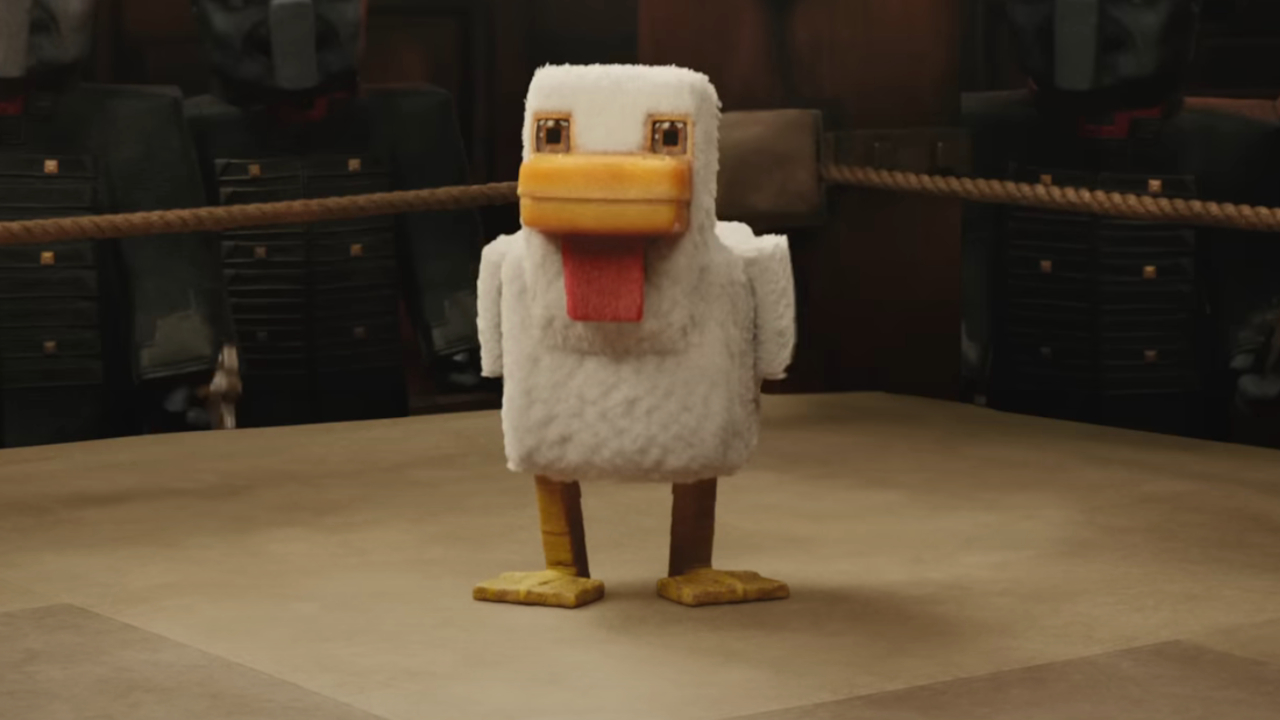Inception: 12 Behind-The-Scenes Facts You Might Not Know
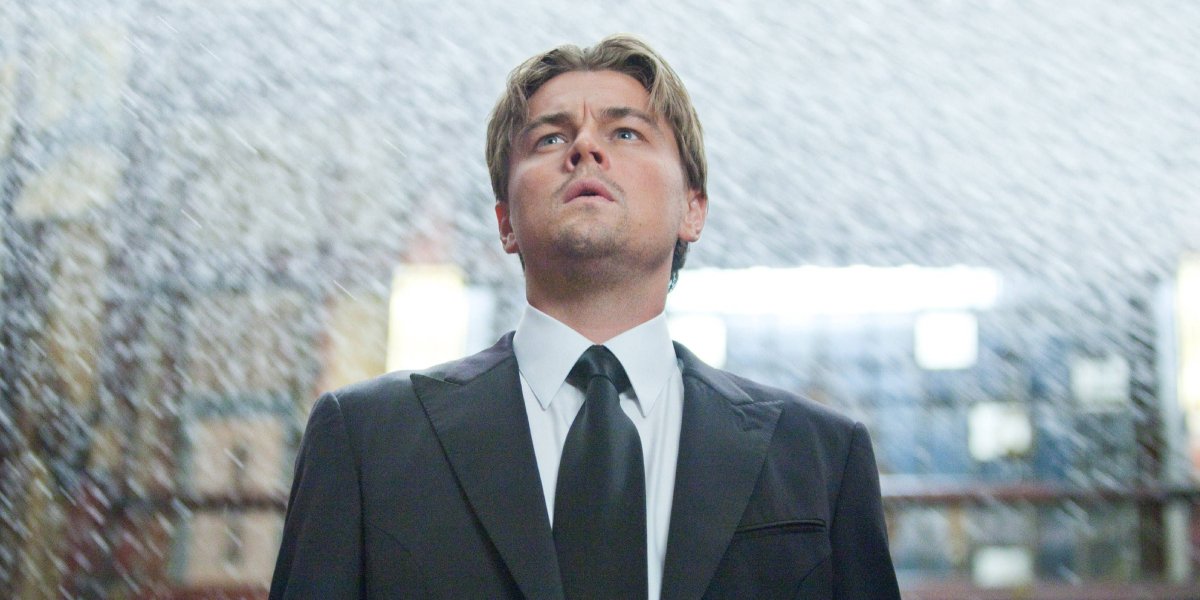
If you are one of the many mind-boggled moviegoers still trying to wrap your head around Inception, you may not find much help in that area from here. However, if there are any behind-the-scenes facts about Christopher Nolan’s complex and visually stunning blockbuster you were curious to learn, this is your dream come true.
The filmmaker’s 2010 follow-up to his revolutionary comic book film The Dark Knight is, itself, a revolution of sorts in the crime genre, starring Leonardo DiCaprio as a “mind thief” assigned the opposite task of inserting an idea into the mind of his employer’s business rival by traveling deep into his subconscious through futuristic dream-sharing technology. Even some of Inception’s biggest admirers cannot seem to hold a firm grasp on this concept, but are simply taken by its stellar cast, Academy Award-winning visual effects and Hans Zimmer’s equally dreamy, and epic, score.
Yet, there are a few secrets involving each of these elements that you may not have realized. Be sure to have your totem ready when you learn the truth about that, and more, with these 12 fascinating tidbits of Inception trivia.
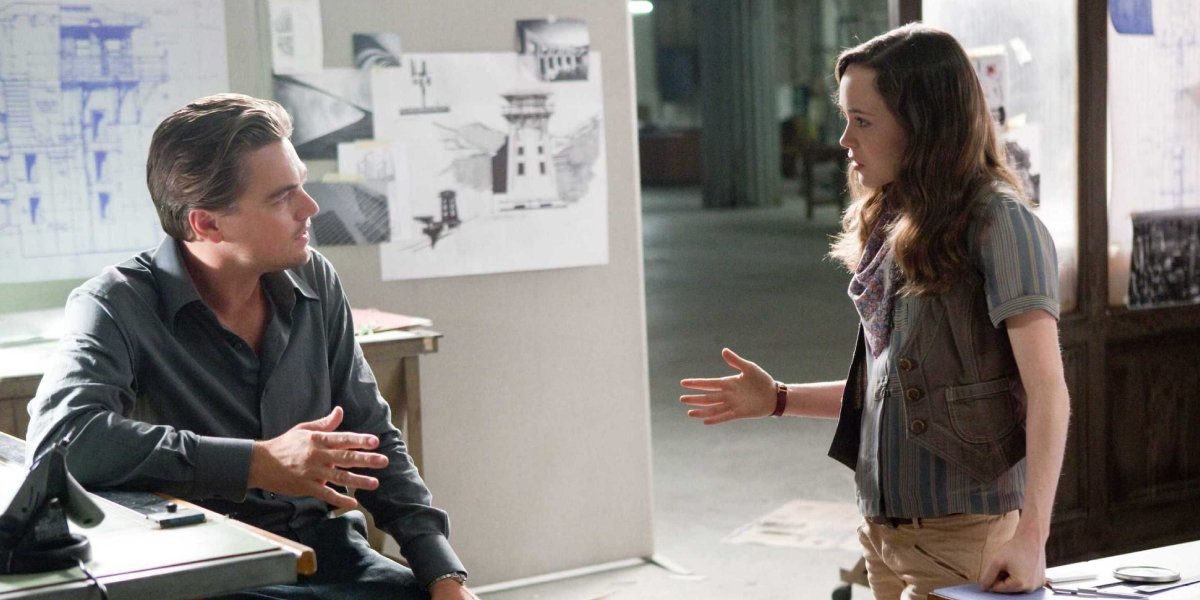
Christopher Spent A Decade Writing Inception
Of all of the behind-the-scenes revelations regarding the making of Inception, the length of time it took Christopher Nolan to finish writing the film seems least surprising given its astonishing complexity. A multi-year scriptwriting process is not unusual for the filmmaker, who took half a decade to complete 2006's almost equally puzzling magicians' quarrel The Prestige, but his sci-fi heist film took double that time. Nolan revealed to Deadline in 2011 that the most crucial reason for his hang-ups was figuring out a way to make the story emotionally engaging, but once Dom Cobb's (Leonard DiCaprio) wife, Mal (Marion Contillard), and children entered the plot, his vision was complete.
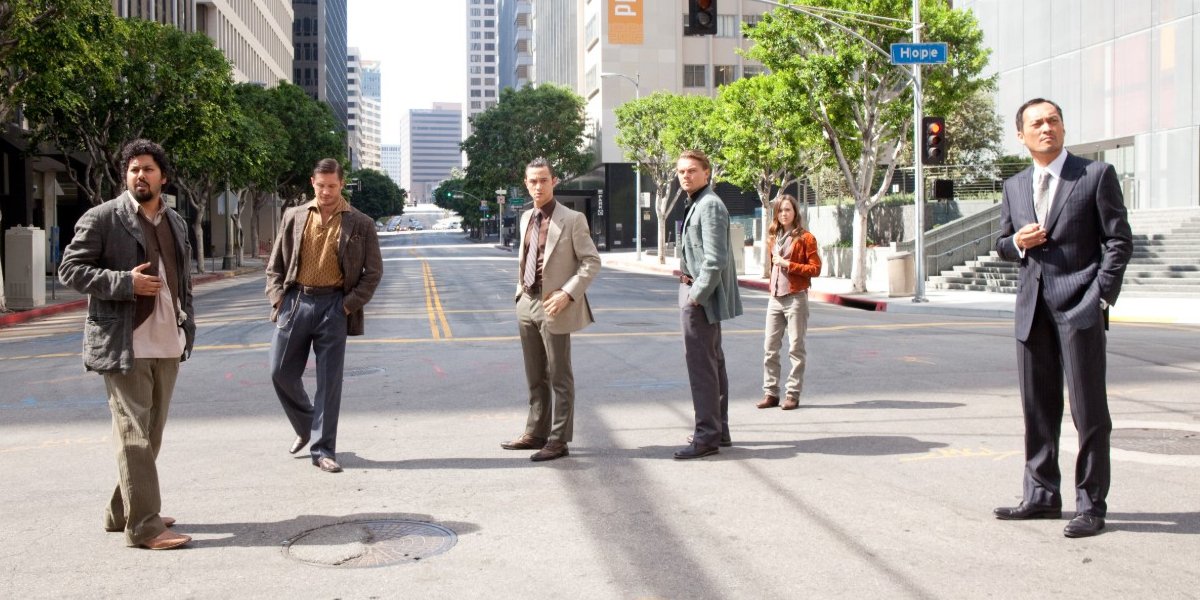
The First Letter Of Each Inception Character’s Names Combines Into An Intriguing Acronym
Needless to say, Inception is one deep film (literally and figuratively), with clever, multilayered design in almost detail, right down to even the names of the central characters. While each character's name does possess a certain symbolic meaning, such as the architect Ariadne (Ellen Page) being synonymous with a Greek mythological known for helping a minotaur out of a labyrinth, a hidden message exists in their initials alone. Combining the first letter of just six principle characters' names (Dom, Robert, Eames, Arthur, Mal and Saito) spells the word "dreams," and when you take into account Peter, Ariadne and Yusuf, the acronym reads "dreams pay."
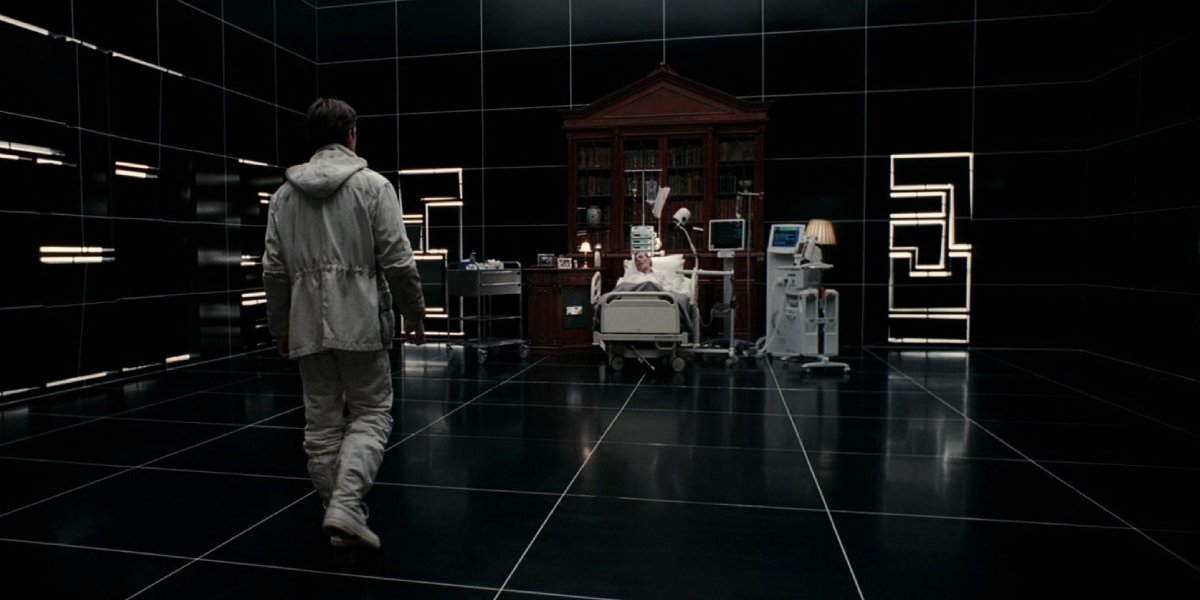
Inception Once Held A Record In An Oscar Category
Christopher Nolan's longtime director of photography, Wally Pfister, won his first (and thus far only) Academy Award in 2011 for shooting Inception. The movie would become the last to win the Oscar for Best Cinematography that was shot on traditional film in the midst of the nearly universal switch to digital photography. Inception would hold this record for years until Damien Chazelle's hit musical La La Land, predominantly shot in the long abandoned CinemaScope format with Panavision 35mm lens, would break the streak in 2017.

Christopher Nolan Opted Against Shooting Inception In 3D
While the decision to shoot on film would prove to be a wise decision, we could have seen a cut of Inception shot in 3D in an alternate reality, according to Christopher Nolan, who spoke to Deadline in 2011 about the emerging dominance of 3D cinema at the time, mostly in response to James Cameron's Avatar. He revealed that shooting Inception in 3D was discussed, but abandoned in the belief it would restrict the storytelling. However, he and his team did test out post-production 3D conversion, only to decide it would take too long to achieve the quality they wanted. It is no surprise that Nolan and Wally Pfister opted to shoot on film in the long run given their collectively disparaging opinions toward 3D technology.
CINEMABLEND NEWSLETTER
Your Daily Blend of Entertainment News
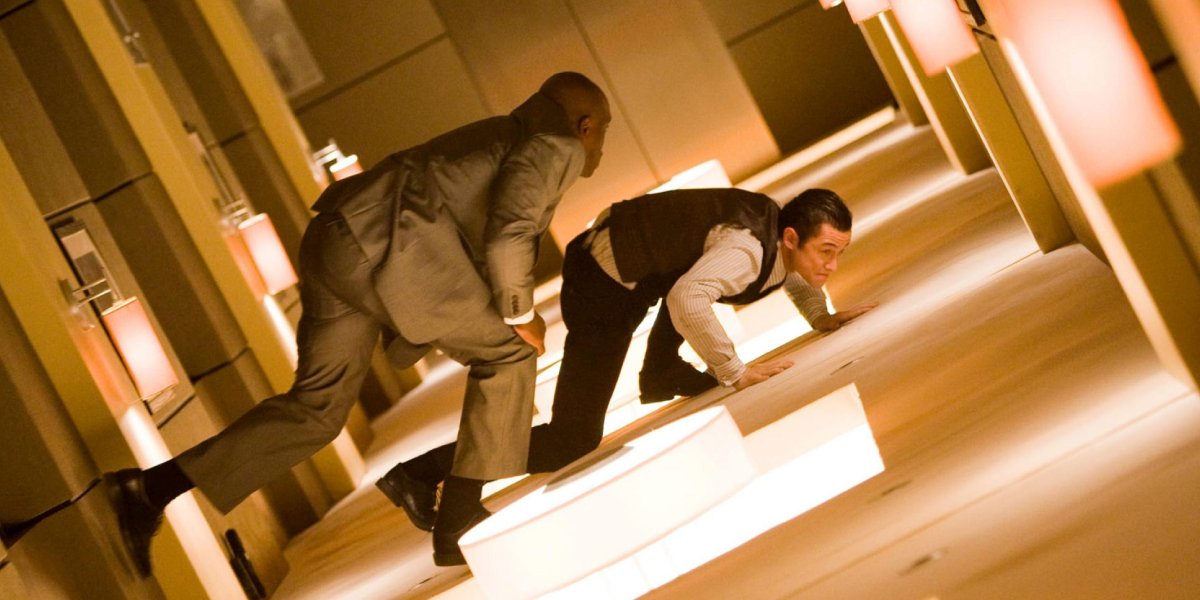
Inception Has More Practical Effects Than You Would Believe
Something that is surprising to learn about Inception's dazzling visuals is how little CGI was used to achieve many of its more breathtaking, Academy Award-winning special effects. In fact, as the film's VFX artist Paul Franklin told Wired, only about 500 shots in the finished cut were computer generated, with practical effects making up the majority. That includes Joseph Gordon-Levitt's zero-gravity, rotating hotel hallway fight (achieved by literally rotating the hotel hallway), the explosion near the cafe at which Cobb and Ariadne are sitting, and the M.C. Escher-inspired Penrose Staircase Arthur shows Ariadne.
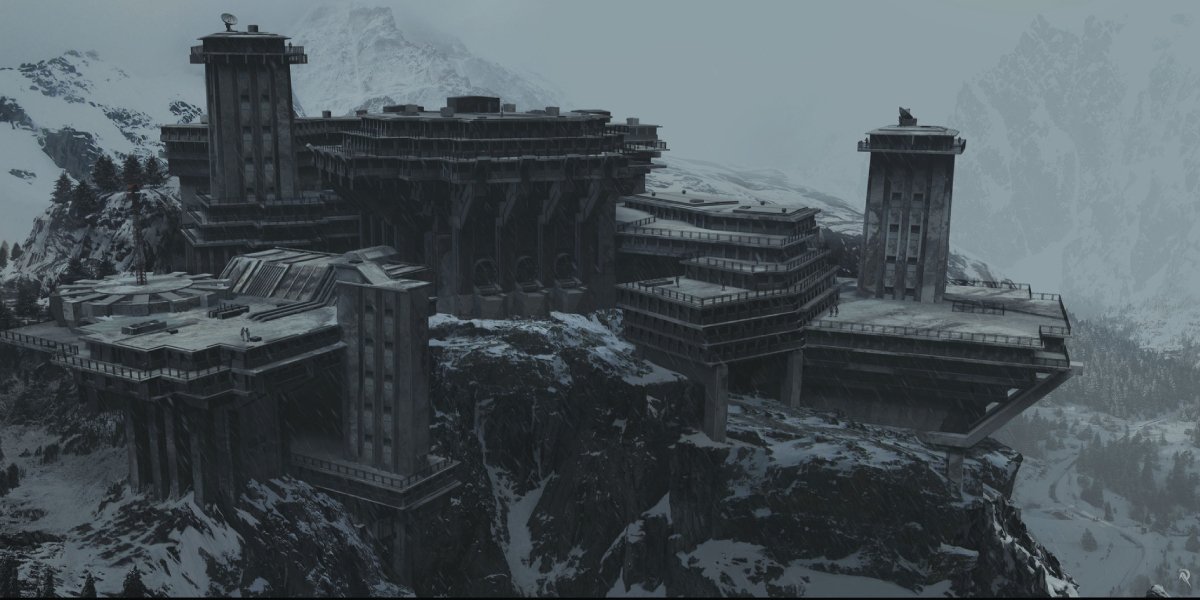
Inception’s Snowy Mountain Scenes Were Filmed During A Real Blizzard
You can also add the avalanche from Inception's climax to the list of practical effects, which was achieved by detonating explosives from the mountain tops of Calgary, Canada, to send the snow tumbling. Whether or not snow would be present in time to shoot the "dream fortress" scenes (which were inspired by skiing sequences in James Bond films) was actually of genuine concern for the crew until a blizzard came in right on schedule, dumping more snow on the area than there had been in years. Despite the weather proving fortunate for the production story-wise, director of photography Wally Pfister described the experience to MTV as "difficult and cold and uncomfortable."
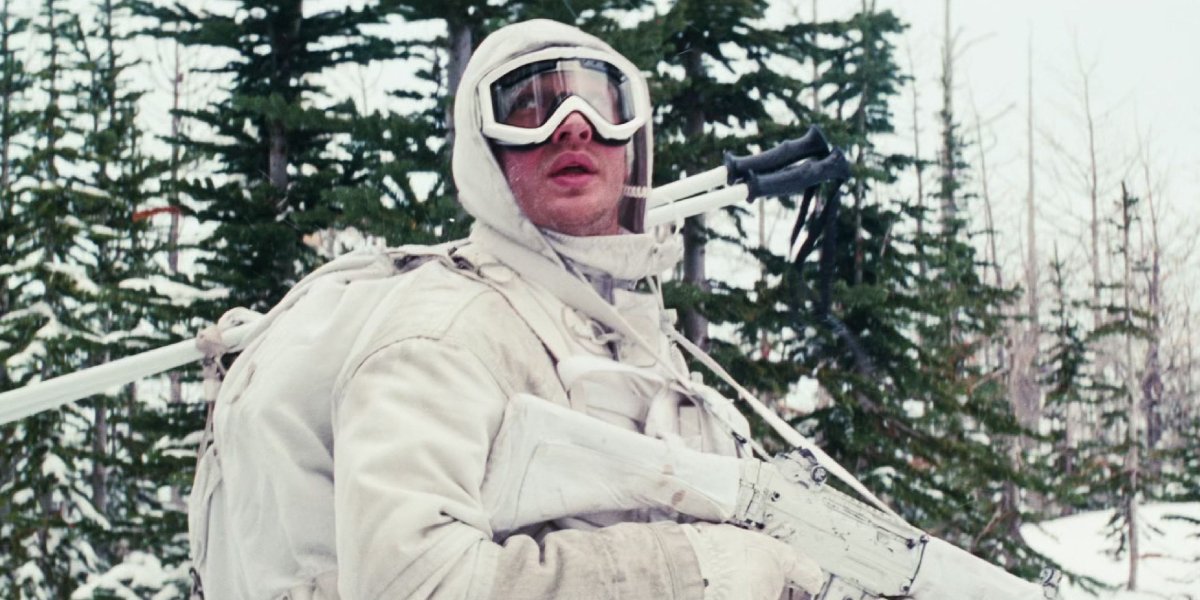
Tom Hardy Did Not Know How To Ski Prior To Shooting Inception
One Inception star who had a particularly difficult time with the snowy sequences was Tom Hardy, who plays professional dream forger Eames. However, as he revealed to British comedian Alan Carr on his talk show Chatty Man, the actor almost did not get the part over the fact that he did not know how to ski, which, obviously, was an important requirement of the "big dreamer" given the events of the climax. In order to avoid missing out on his first time working with Christopher Nolan, Hardy had to learn how to ski on set and went as far as being "strapped to the back of a Ski-Doo" while filming.
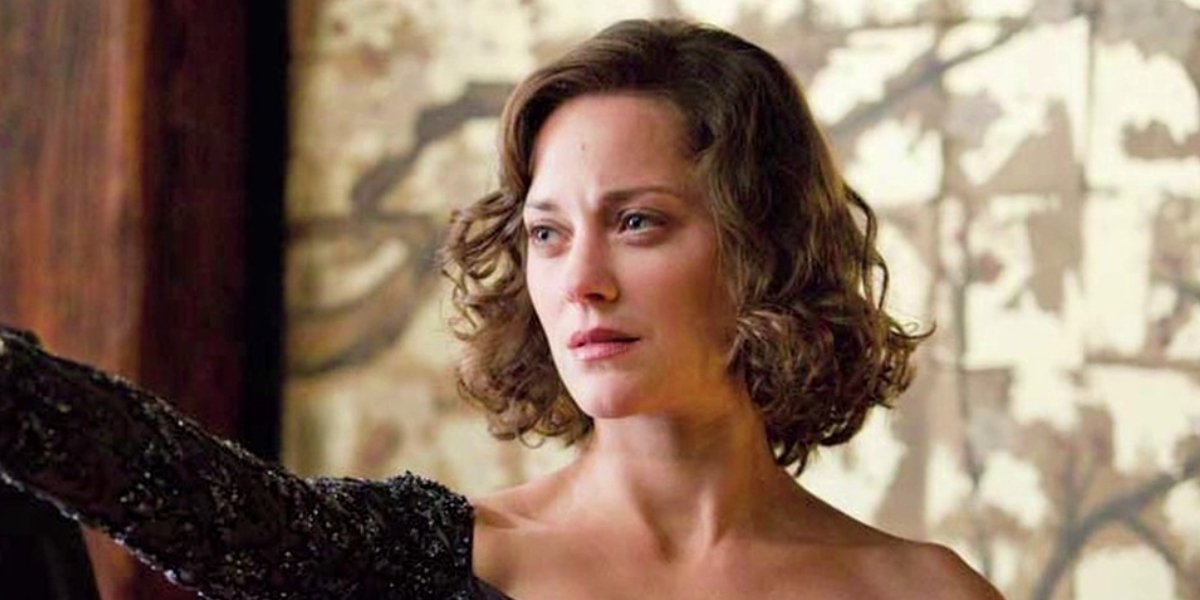
Hans Zimmer Based His Inception Score On 1950s French Song
One element of Inception that is of equal importance to the visuals is the music by Christopher Nolan's go-to guy, Hans Zimmer. The Academy Award-winning composer took a unique approach to his Oscar-nominated score by basing the main theme's plodding, thunderous trombone section on a slowed version of the hit 1956 ballad "Non, je ne regrette rien," which is also an important plot element, as it audibly represents the perception of time within dreams. Yet, Nolan almost scrapped the use of the song as Inception star Marion Contillard had previously played its singer, Édith Piaf, in the biopic La Vie En Rose, but, in a brilliant move, Zimmer urged him to keep it anyway.
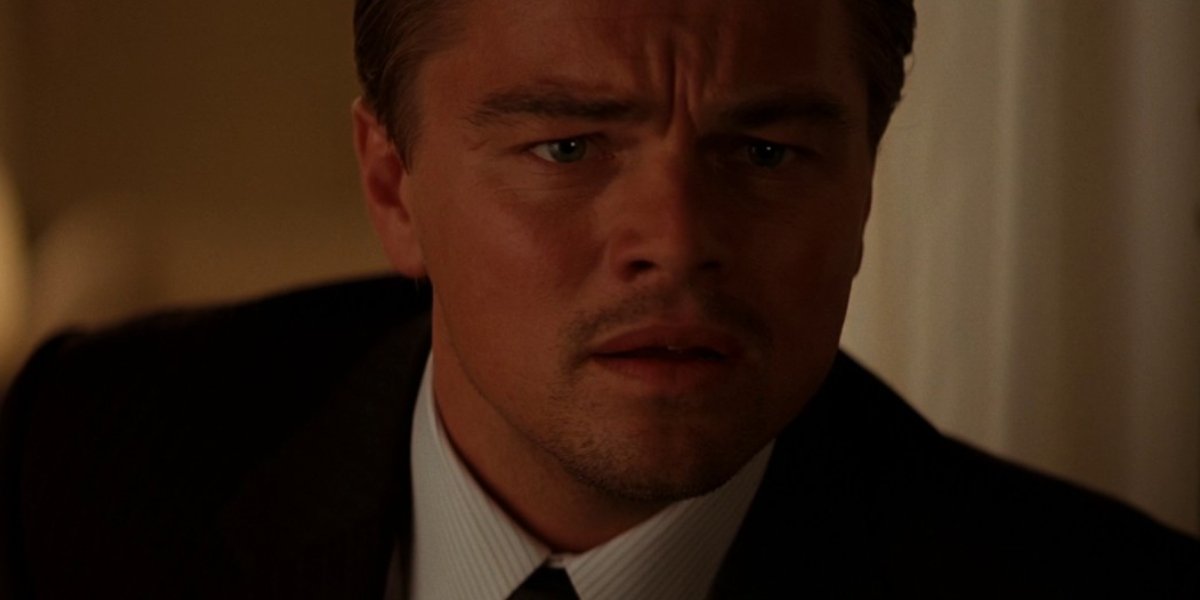
The Famous Inception Trailer Score Is Actually Not By Hans Zimmer
In 2013, Hans Zimmer told Vulture he found the overuse of his famous "BRAAAM!" sound from the Inception teasers in several blockbuster trailers to follow "horrible," but, as it turns out, his annoyance is unwarranted. Not only was it Zack Hemsey who composed the trailer's main theme "Mind Heist," but even that track was inspired by the sound design created by Mike Zarin, who revealed himself, in a 2013 interview with IndieWire, to be the true inventor of the iconic noise. The design originated from Zarin's own recording of natural train sounds, having been sent footage of Leonard DiCaprio's Cobb on a train for reference when he was first commissioned to score the teaser in 2009.
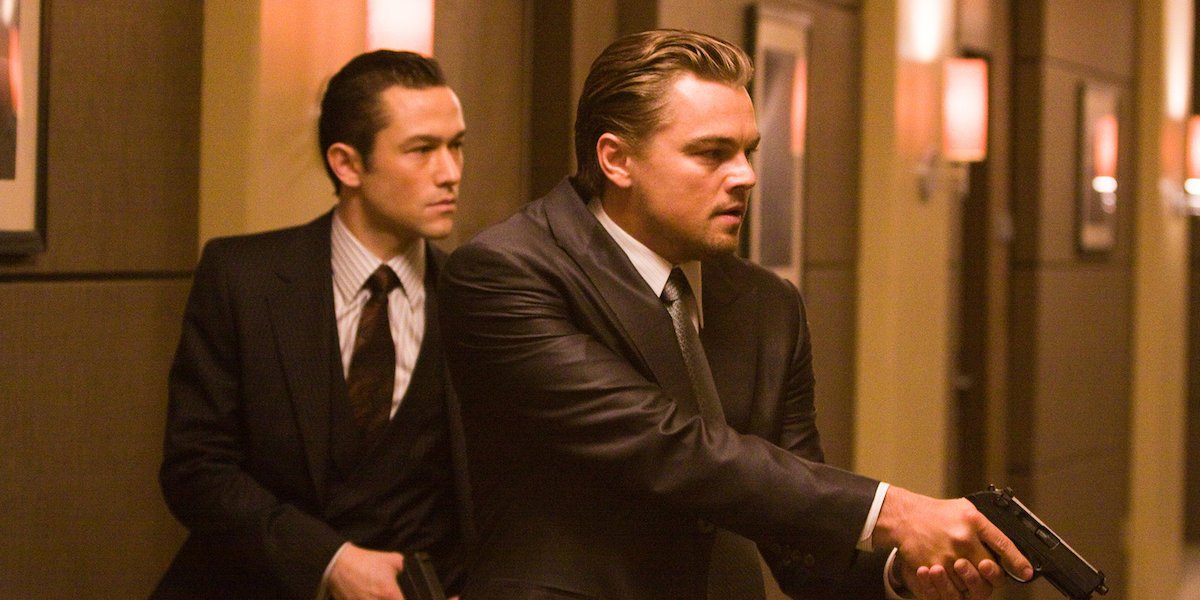
Inception Is An Allegory For Filmmaking
If there is one element to the deeper meaning of Inception that should not be too difficult to understand, it is Christopher Nolan's personal connection to what the main characters represent. When speaking to Entertainment Weekly, the filmmaker revealed that, when putting the finishing touches on the script, he came to realize he had almost subconsciously based each character off of the typical roles of a film set, with Cobb as the director, Arthur as the producer, Ariadne as the production designer, Eames as the actor and Saito (Ken Wanabe) as the financier. Nolan added, "In trying to write a team-based creative process, I wrote the one I know."
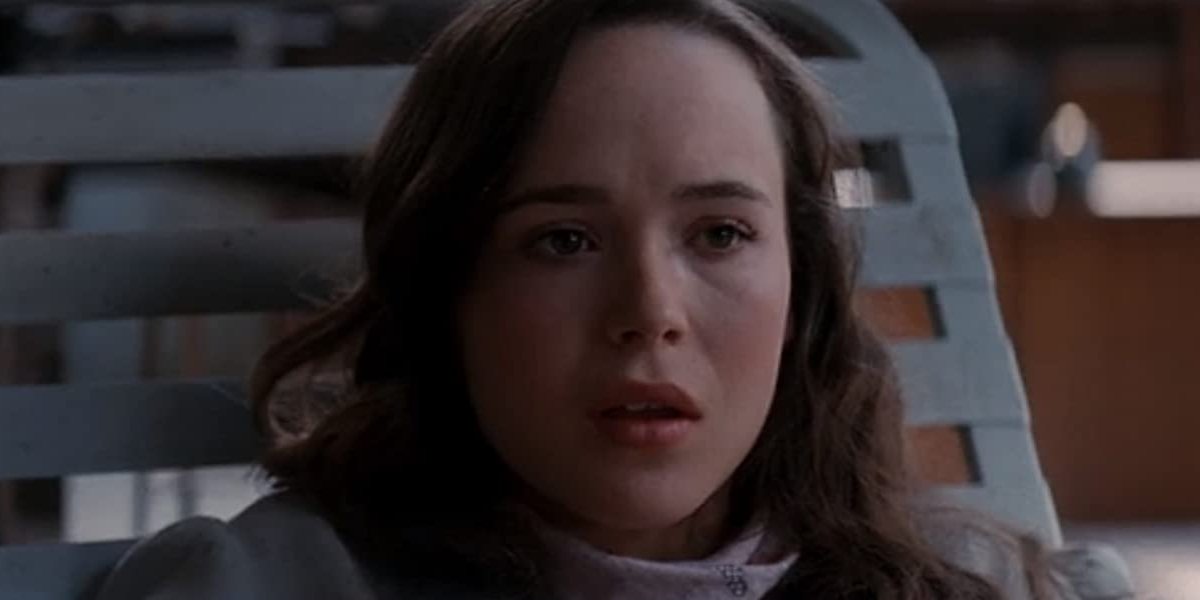
Japanese TV Broadcasts Of Inception Indicate Which Dream You See
I, personally, have never had an issue understanding the plot of Inception, as a good 75% of the movie sees the characters explaining everything you need to know as it goes along. Yet, I can empathize with people who have a difficult time keeping up with the descending levels of dreams that the film cuts back and forth between throughout, and, apparently Japanese TV networks felt the same way. Thus, during broadcasts, a text was placed on the bottom corner of the screen to indicate which dream level the characters were in to prevent viewers from getting confused.
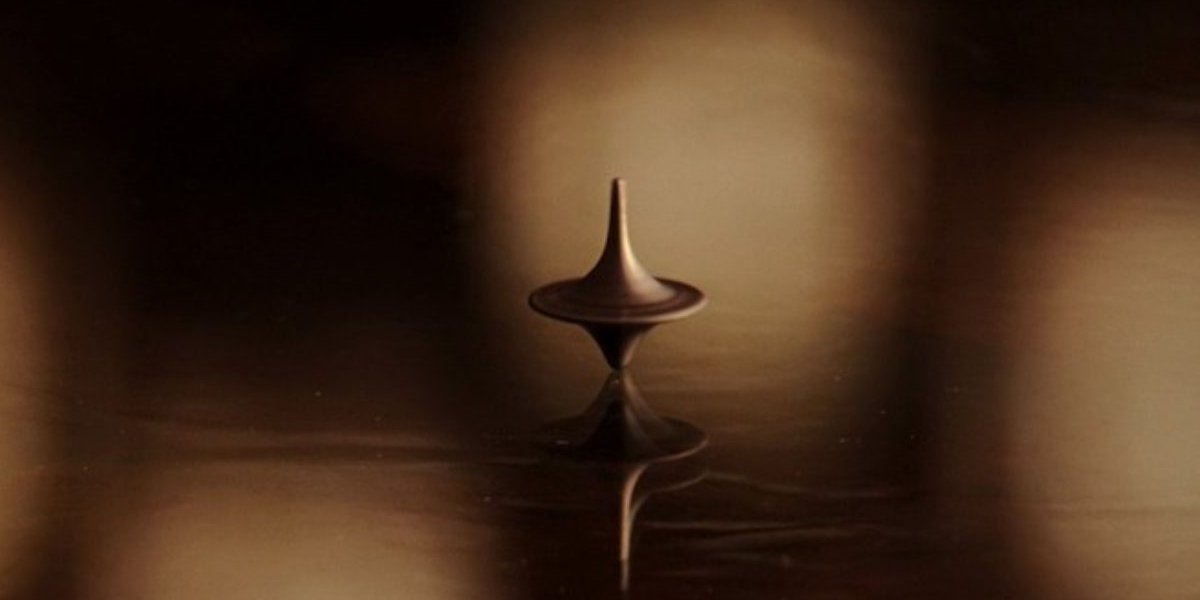
A Kickstarter Was Launched To Produce An Inception-Inspired Board Game
For those who ever wanted to see things from the confused Inception viewer's perspective, there exists a board game that might just do the trick. In 2014, there was a Kickstarter campaign launched in an effort to fund a game called "Dream Heist," in which players undergo an increasingly complicated scenario in an effort implant an idea into the mind of their sleeping target by entering his dream, much like the plot of the film that inspired it. Although the game borrows from many of Inception's themes and concepts, from totems to the dangers of falling into Limbo, it is not licensed by Warner Bros, yet can be purchased from its official website.
Be sure to check back for more information and updates on this mindbending modern classic, as well as even more behind-the-scenes looks at some of your favorite movies and TV shows, here on CinemaBlend.

Jason Wiese writes feature stories for CinemaBlend. His occupation results from years dreaming of a filmmaking career, settling on a "professional film fan" career, studying journalism at Lindenwood University in St. Charles, MO (where he served as Culture Editor for its student-run print and online publications), and a brief stint of reviewing movies for fun. He would later continue that side-hustle of film criticism on TikTok (@wiesewisdom), where he posts videos on a semi-weekly basis. Look for his name in almost any article about Batman.
